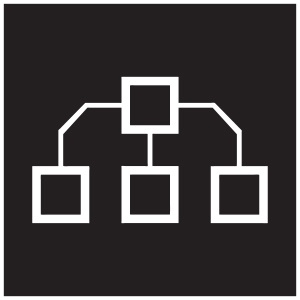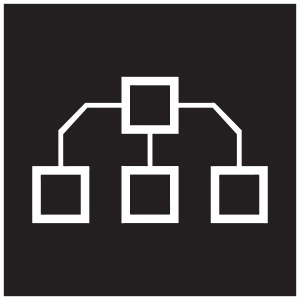Platform
Call Center
Get Started
Wanna subscribe to our blog?
Get updates once a month.
Platform
Call Center
Solutions
Get Started
Wanna subscribe to our blog?
We'll send you updates once a month.
Wanna subscribe to our blog?
Get updates once a month.
Wanna subscribe to our blog?
We'll send you updates once a month.

 One of the most important performance metrics that call centers must carefully monitor and continuously improve is first call response (FCR). This refers to the call center’s capacity to properly address a customer’s needs the first time they call.
One of the most important performance metrics that call centers must carefully monitor and continuously improve is first call response (FCR). This refers to the call center’s capacity to properly address a customer’s needs the first time they call.
However, optimizing FCR so that it is at -- or better yet, above -- marketplace and industry standards is impossible, if call centers do not take advantage of advance call center tools that are integrated into cost-effective and scalable VoIP systems.
Below, we highlight 4 call center tools that dramatically improve call routing, and ultimately, drive up FCR rates, employee productivity and customer satisfaction:
IVR -- which stands for Interactive Voice Response – allows customers to easily and quickly respond to simple prompts and therefore route their call to the right department or team (e.g. “if you are calling for technical support, please press 4”).
What’s more, IVR lets call centers provide information to customers after-hours, including directing them to web pages or apps so they can take advantage of self-support options. This is a win for customers since they can resolve their issue quickly, and a benefit for call centers since they can reduce staffing levels and save tens or even hundreds of thousands of dollars per year.
Skills-targeted routing allows call centers to accurately and rapidly match the right agent to each customer, based on the latter’s needs, location, language, channel (e.g. phone, email, web chat), and other pre-set variables.
Furthermore, customer information in the database can enhanced by CRM systems to facilitate more accurate call routing, as well as provide agents with valuable information that they can quickly scan or access in real-time. For example, agents can see a specific customer’s purchase history, whether they have called about the same issue in the past, the best method that other agents are using to resolve the same issue with other customers (i.e. sending customers a link to a how-to video), and so on.
A Google survey verified what has long since been known by contact center staff and customers alike: hold times are the enemy!
Indeed, 32.3 percent of callers said they would not wait on hold whatsoever, while the remaining 57.8 percent said they would not wait on hold for more than 5 minutes. Add it up, and it means that contact centers stand to lose 100 percent of their on-hold callers at the 5-minute mark.
Fortunately, that is where the callback option comes to the rescue. It allows callers to leave their number, and have an agent call them as soon as one is available. In some cases, callers can even schedule their callback at a time that is convenient for them.
A key frustration that many customers experience is that they must start anew each time they call, because they are always engaging a different agent.
However, with direct-inward-dial this frustration is eliminated, since agents can provide callers with their unique number or extension. This is ideal for handling complex support or technical matters, or when engaging high priority customers.
At Votacall, we empower call centers to take full advantage of all of these call center tools, plus several more that measurably improve and optimize FCR rates, as well as other metrics and KPIs.
To learn more contact us today. Your consultation is free.
For more information about hosted VoIP phone systems and the truth behind common myths, download our FREE eBook:
No Comments Yet
Let us know what you think